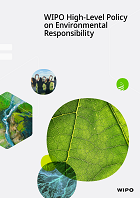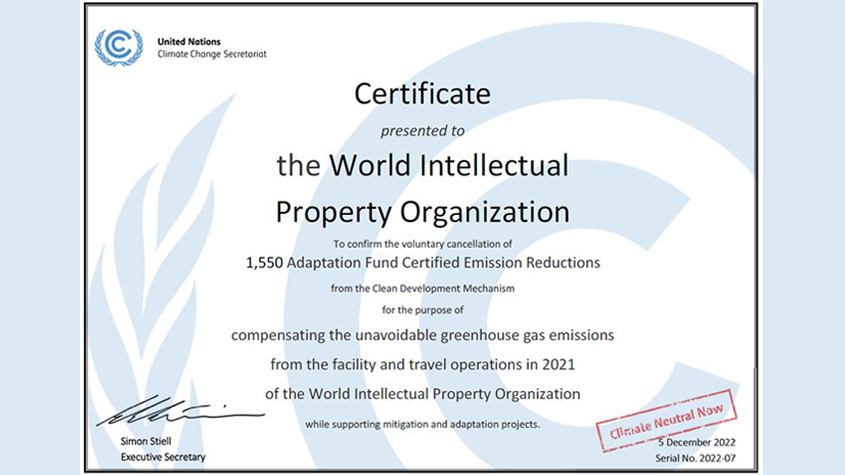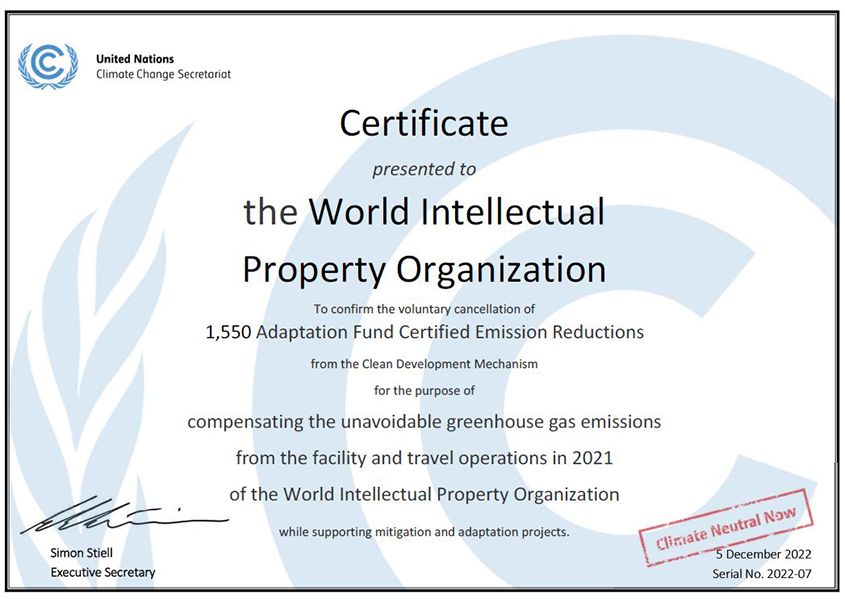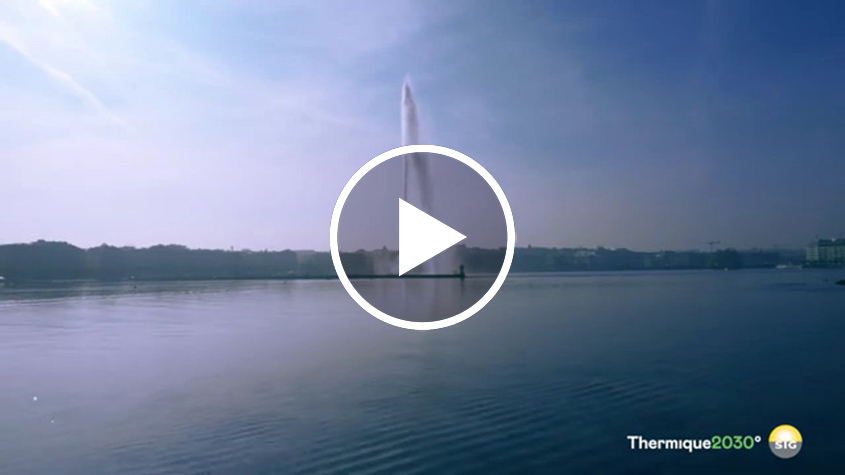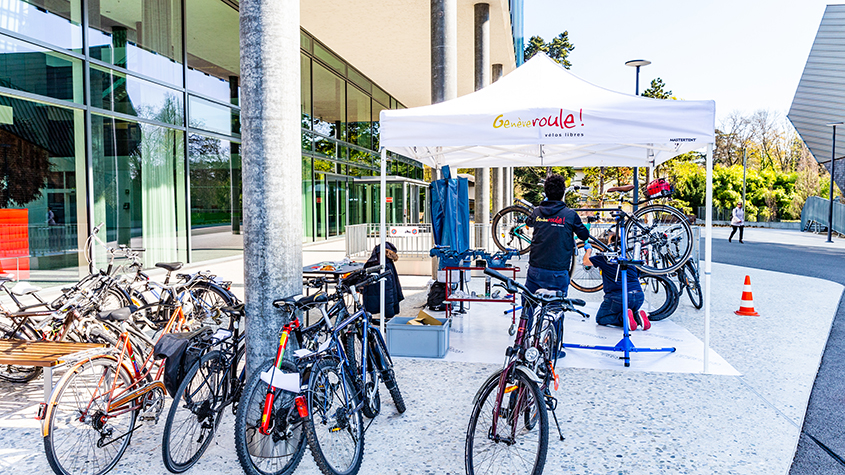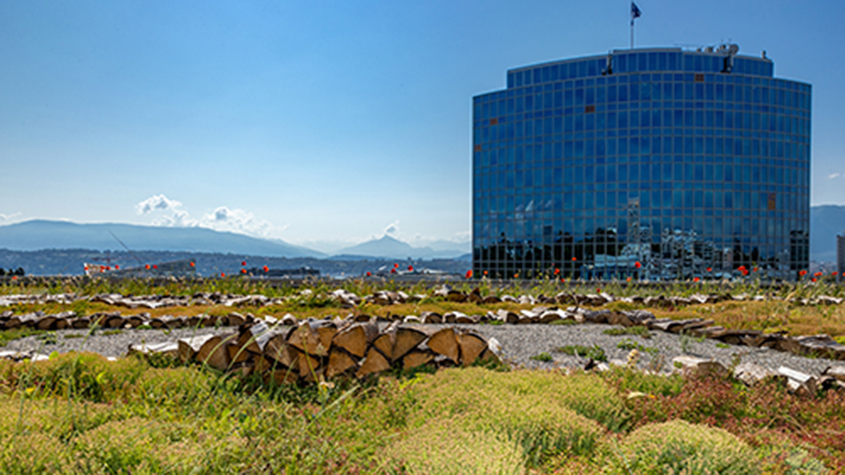Environmental Responsibility on the WIPO Campus
The planet is facing a triple planetary crisis, and it requires action at all levels to address these interlinked challenges of climate change, biodiversity and pollution. WIPO is committed to improving sustainability within its operations and activities, with the ultimate goal of reducing the internal environmental footprint.
As a specialized agency of the United Nations, WIPO also contributes to the Sustainable Development Goals by enabling member states to use the intellectual property system to drive the innovation, competitiveness and creativity needed to achieve these goals.
WIPO’s Work on Environmental Responsibility
Through its work on environmental responsibility, WIPO aims to:
- Reduce even further its greenhouse gas emissions and natural resource consumption;
- Reduce pollution and preserve biodiversity;
- Mainstream environmental management considerations across all programs and activities;
- Foster environmental awareness and support WIPO personnel to incorporate green behavior at work and at home;
- Systematically lower its overall environmental footprint;
- Walk the talk on climate action.

Climate change continues to be one of our most pressing challenges. Every day, the world learns more about the urgent need to do things differently if we are to move towards a green, sustainable future. Efforts are required on all levels: as individuals, as organizations and on a systemic level. As a member of United Nations family, it is our responsibility to “live the goals” by demonstrating the principles that frame the United Nations Sustainable Development Goals. This includes better resource management to reduce our organizational carbon footprint, replacing polluting technologies on the WIPO campus with those that are “green”, and favoring organizational policies that encourage staff to adopt a low-carbon approach both at work and at home.
Daren Tang
WIPO High Level Policy on Environmental Responsibility
The policy defines the organization’s environmental commitments and includes objectives and principles, as well as the framework of implementation to underpin progress and results at all levels.
The Organization will implement an Environmental Management System (EMS) to achieve its environmental sustainability goals, aligning with the Strategy for Sustainability Management in the United Nations and the requirements of the international standard ISO14001.
The WIPO High Level Policy on Environmental Responsibility will enable a transition towards greater environmental sustainability in the management of WIPO’s facilities and operations.
WIPO High Level Policy on Environmental Responsibility
Did you know?
Related links
- Greening the Blue - WIPO page
- 2050Today - WIPO page
- WIPO GREEN - The Marketplace for Sustainable Technology
- WIPO and the Sustainable Development Goals
- WIPO brochure - Environmental Responsibility on the WIPO Campus (2014-2018)
